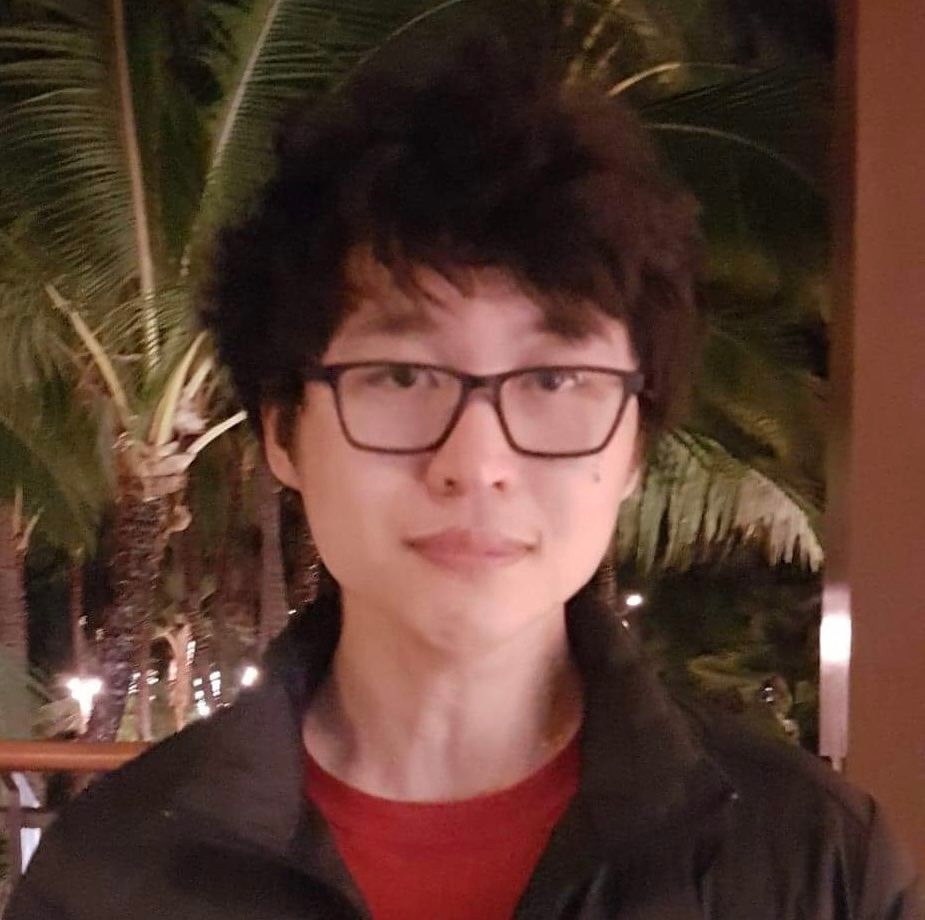Unsupervised Biomedical Image Segmentation using Hyperbolic Representations
Date:
In my invited talk for Stanford MedAI, I give an introduction to hyperbolic representation learning and cover our recent NeurIPS 2021 publication Capturing implicit hierarchical structure in 3D biomedical images with self-supervised hyperbolic representations. You can find the talk online at Stanford MedAI’s YouTube channel here.
Abstract: Segmentation models are extremely useful for biomedical image analysis, but training segmentation models often require large, labelled datasets that are difficult and costly to acquire. Unsupervised learning is a promising approach for training segmentation models that avoids the need to acquire labelled datasets, but is made difficult by the lack of high-quality supervisory signal from expert annotations. Using the observation that biomedical images often contain an inherent hierarchical structure, we augment a VAE with additional supervisory signal via a novel self-supervised hierarchical loss. To aid the learning of hierarchical structure, we learn hyperbolic representations instead of Euclidean representations. Hyperbolic representations have previously been employed in fields such as natural language processing (NLP) as a way to learn hierarchical and tree-like structures, making them a natural choice of representation. In this talk, I will discuss hyperbolic representations for biomedical imaging as well as our recent paper on the topic.
